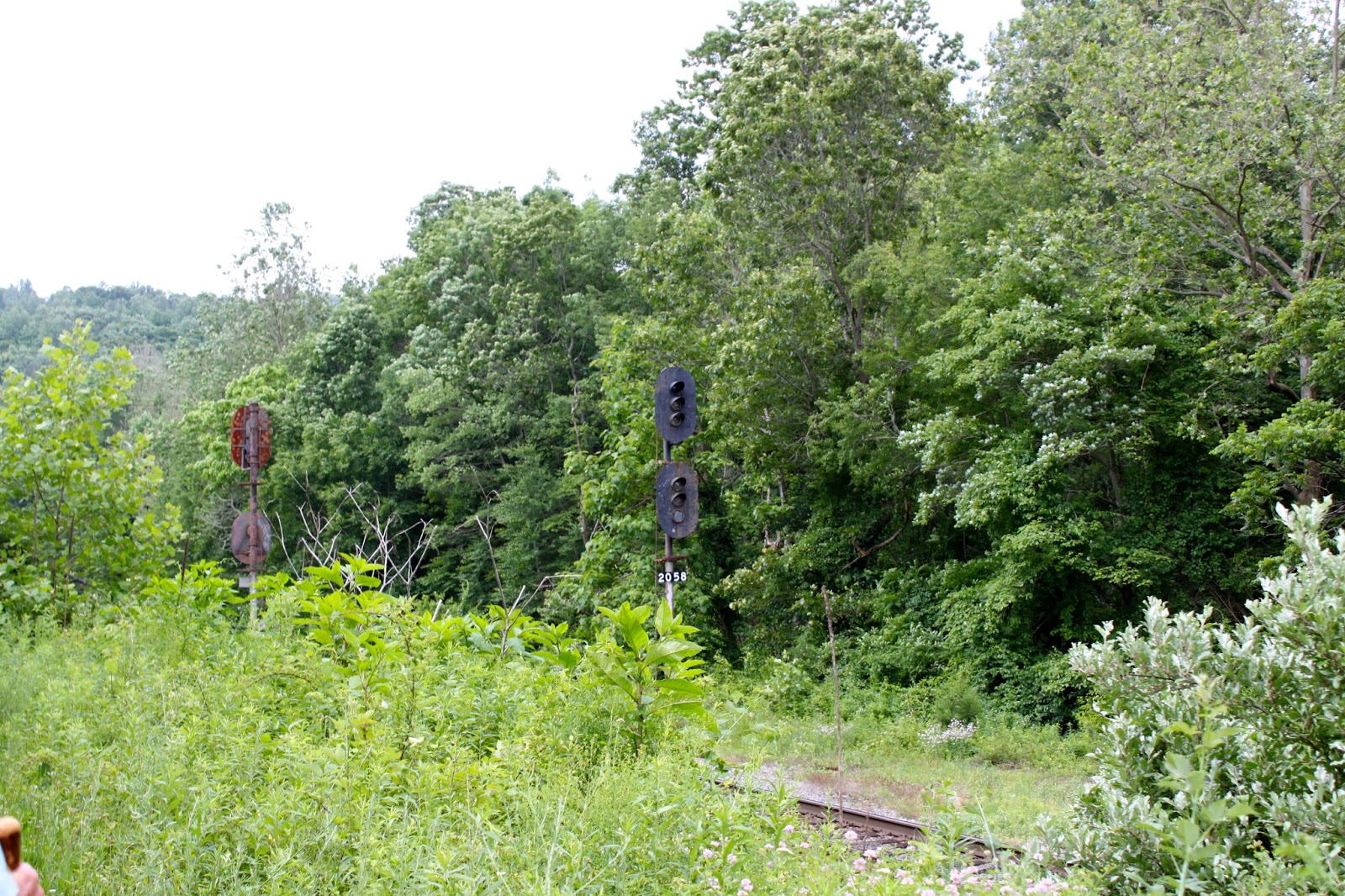So, one more summer post on my own work before getting back into new exhibits. Another fun event associated with my dissertation work is the Irish Festival that Clann Mhór hosts every year at Pollak Vineyards in Greenwood, Virginia.
The front of the tasting room (Courtesy of a post to yelp.com)
The festival is a fun day of Irish music, wine tasting, history, and - of course - archaeology. Last year's field school took place on the Pollak Vineyard, so it has become a great place for this event to be held.
UMD Field School 2012 - Pollak Vineyard
The back room of the Vineyard's tasting room facility is turned into a small exhibit, a combination of Clann Mhór's work on the historical research on both the railroad big wigs and the Irish laborers and the University of Maryland's archaeological work on the laborer's domestic sites (aka. my dissertation work). Here members of Clann Mhór and the students from the archaeological field school talk with community members and winery visitors about the history of the Irish in the area and the legacy they left behind (see Tunnel Post).
Apart from the exhibit, the event facilitates a lot of good conversation between land owners, local historians, archaeologists, and history aficionados.
You never know what new piece of information you could pick up or what clue you could get into the complex Irish landscape.
Dr. Stephen Brighton of the University of Maryland talking to land owner Kane Ivey.
And of course, a summer Sunday afternoon event at Pollak Vineyard wouldn't be complete without a wine tasting. I opted for the rosé this time, although their Meritage is my favorite from the Vineyard.
Barry explaining the different wines to visitors.
Outside, musicians play throughout the day. The traditional Irish music entertains the crowd with lively reels and jigs from the band...
...as well as the hauntingly beautiful traditional ballads, which often describe losses associated with the Famine.
Even the field school students were able to get out and enjoy the music and the scenery before going back into to the exhibit room.
This amazing event allows me to share my work with the local community each summer, helping to reestablish an Irish presence in one of the most celebrated historical landscapes in Virginia (Monticello is pretty much right down the road). And none of it would be possible without the amazing work of the members of Clann Mhór.
Marjorie, Rhonda, Dan, and me.
Now its time to pop back to the 1850s to make sure we're digging in the right places!






























